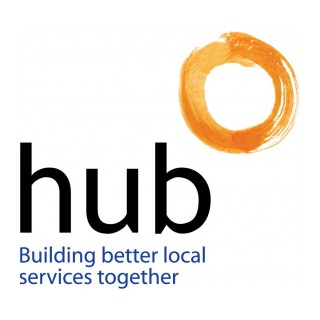The Scottish BIM Delivery Group has taken a three step approach to support the implementation of BIM within public sector projects. This considers when to adopt BIM through a new BIM grading tool, why to adopt BIM through a new benefits tool and finally how to adopt BIM through the guidance contained within this portal. This approach is sumarised below:-
BIM Grading Tool
The BIM grading tool is to provide a method to assess when a public sector project should adopt BIM and too what level. The grading tool is an easy to use online questionaire that seeks key data for a new project. Through this informaton the tool assesses to what level BIM should be implemented for that project. The tool scores this assessement automatically and then advises the user instantly. Further guidance on how the grading tool assesses projects can be found here. The grading tool can be accessed through the link below:-
The Return on Invesment BIM Tool
The Return on Investment (ROI) BIM tool assess the benefits and level of return that the adoption of BIM Level 2 will have on a new project.
The tool supports the user to assess the benefits of adopting BIM Level 2 against a predefined list of benefits. The tool provides both a quantative and qualitative assessment and this is reported within an easy to understand dashboard. To access the tool, please follow the link.
Brief
Tasks
-
BIM Grading & ROI Tools
-
Determine the Info Management & CDE Strategy
-
Determine the BIM / AIM / GIS Strategy
-
Strategy to Determine the Built Asset Security
-
Determine the Soft Landings Approach
-
Create the Project Lifecycle Process Map
-
BIM Level 1 Approach
-
BIM Level 1 - CDE Technology
-
File Naming Convention
-
Asset Classification System
-
Roles & Responsibilities BIM Level 1
-
BIM Level 1 - Organisational Readiness
-
BIM Level 1 - Requirements
-
Create an Information Strategy & Data Exchange Plan
-
Determine Soft Landings Approach
-
Determine Built Asset Security
-
Create Employers Information Requirements
-






